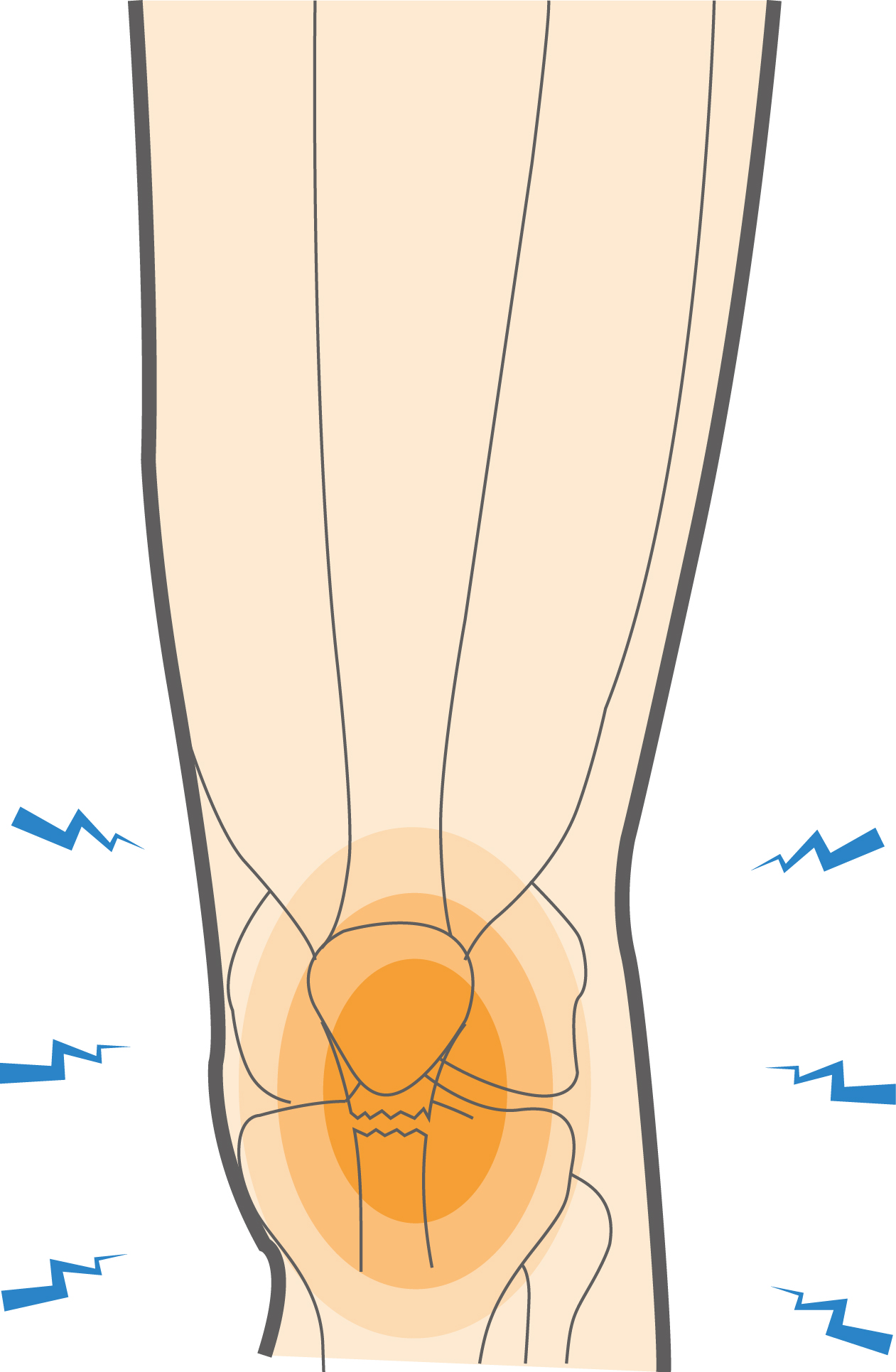Tendons are strong, dense, fibrous tissues that connect muscles with bones. The patella tendon connects the kneecap to the shin bone. This tendon works with the quadriceps muscles to straighten the knee. Its proper function is essential to performing motion needed for many sports, such as running and jumping.


